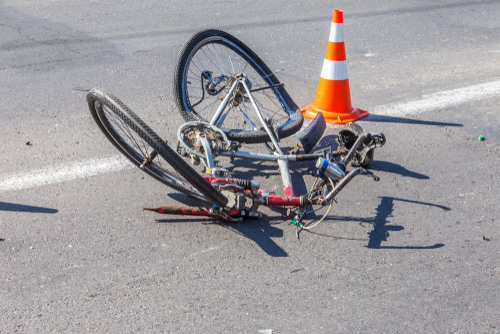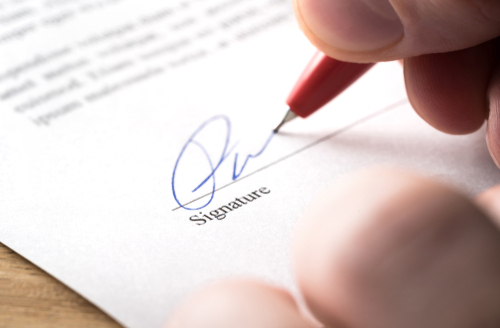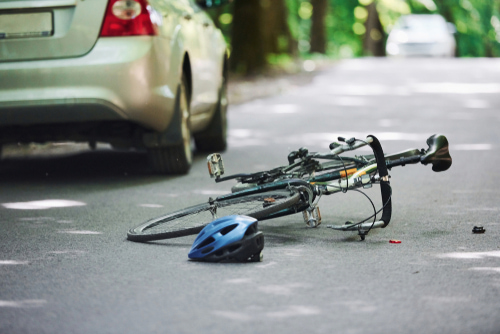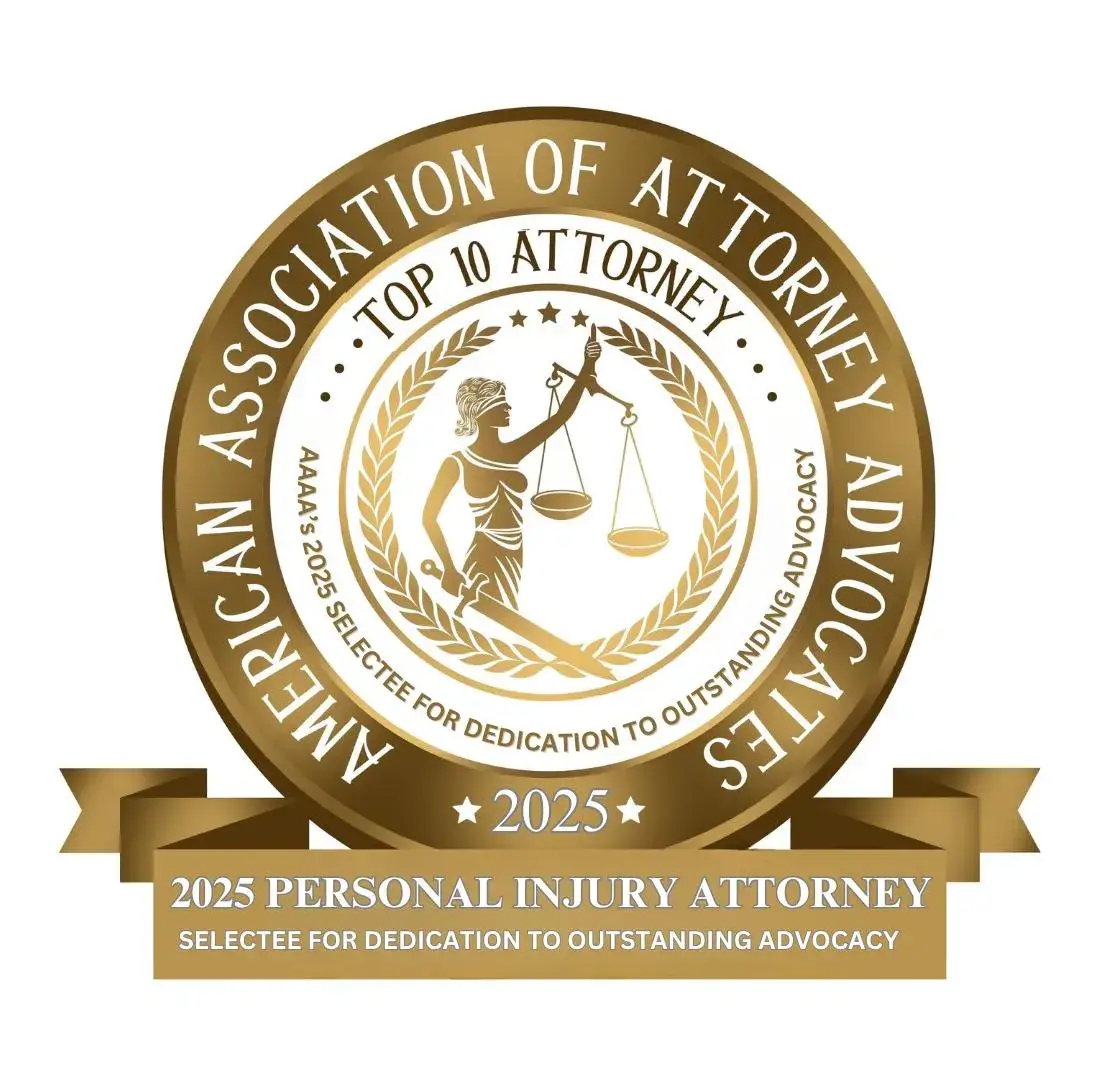
How Much is a Bicycle Accident Worth?
Being involved in a bicycle accident can be a life-changing experience. One moment, you’re enjoying the fresh air, perhaps heading to work or out for exercise, and the next, you’re facing potential injuries, medical bills, and the stress of putting your life back together. If you’ve been injured in a bicycle accident, you may wonder, “How much is my claim worth?” It’s a common question, and understanding the factors that affect the value of your case can be an important first step toward rebuilding your life — especially with the guidance of an experienced bicycle accident lawyer who can help you navigate your legal options.
How much is a bicycle accident worth?
- Injury severity matters most: More serious injuries like fractures or brain trauma often lead to higher compensation than minor cuts or bruises.
- Medical expenses add up fast: ER visits, rehab, prescriptions, and future care are factored into your settlement value.
- Lost income plays a role: If you miss work or can’t return to your job, you may claim lost wages and diminished earning capacity.
- Pain and suffering counts too: Physical pain, emotional distress, and lifestyle changes raise your claim’s value using a multiplier formula.
- Fault impacts payout: If you’re partly at fault, your compensation is reduced under comparative negligence rules.
- Insurance coverage limits payouts: The at-fault party’s insurance—and your own—may affect how much you actually recover.
- Unique factors apply: Commercial vehicles, road hazards, or product defects can increase claim complexity and value.
How Much is My Bicycle Accident Case Worth?
The truth is, there is no simple formula or one-size-fits-all answer when it comes to determining the value of your case. Each accident is unique, and the compensation you may be entitled to will depend on several key factors tied to your specific situation.
Below, let’s look at these factors in detail so you can better understand what can influence your claim and what to expect as you consider your next steps.
The Severity of Your Injuries
Perhaps the most critical factor in determining the value of your bicycle accident claim is the severity of your injuries. Serious injuries often demand more extensive medical treatment, result in longer recovery times, and can leave lasting effects on your quality of life. Some common injuries from bicycle accidents include fractures, head trauma, spinal injuries, and internal damage.
If your injuries are severe, the cost of your medical care will inevitably be higher. Hospital stays, surgeries, physical therapy, and even counseling for emotional trauma can add up quickly. For these reasons, claims involving serious injuries often result in higher compensation.
For example, a cyclist who suffers a fractured leg requiring surgery and months of physical therapy will likely have a claim that’s worth more than someone who walks away with minor cuts and bruises. But it’s not just about the cost of treatment; it’s also about how the injury affects your life. The financial impact grows significantly if an injury prevents you from returning to work temporarily or permanently.
Medical Expenses
Medical expenses are one of the most straightforward components in calculating the value of a bicycle accident claim. These include any costs related to your treatment, such as emergency room visits, doctor appointments, surgeries, prescription medications, rehabilitation, and specialized care.
It’s important to keep thorough records of all your medical bills, even for minor expenses like visits to urgent care or over-the-counter medications. These costs add up and can have a big impact on your claim’s value.
However, compensation isn’t limited to what you’ve already spent. You may also be entitled to future medical expenses if your injuries require ongoing treatment. For instance, if you’ve suffered a traumatic brain injury and will need continued therapy or adaptive equipment, these anticipated costs can be factored into your claim.
Lost Income and Diminished Earning Capacity
A bicycle accident can disrupt your ability to work, sometimes for weeks, months, or even longer. If you’ve had to take time off to recover, you may be entitled to compensation for lost wages. This calculation typically involves adding up the hours or days you missed and your hourly rate or salary.
But what happens if your injuries prevent you from returning to your previous job or career? If your earning potential is permanently affected by the accident, it can significantly increase the value of your claim. For example, a professional who suffers a debilitating injury to their hand may no longer be able to perform tasks central to their job. You deserve to be compensated not just for your current lost wages but for the income you’ll no longer be able to earn in the future due to your injuries.
Proving diminished earning capacity may require expert testimony, documentation of your work history, and evidence of how your injuries have affected your ability to perform your job. While this can feel daunting, it’s essential to ensuring fair compensation.
Pain and Suffering
Pain and suffering refer to the physical pain, emotional distress, and loss of enjoyment of life that can result from an accident and its aftermath. This component of a claim can be more challenging to calculate because it’s not tied to tangible expenses like medical bills or lost wages. However, it’s a very real and important part of your experience following a bicycle accident.
For instance, if your injuries cause chronic pain or limit your ability to participate in activities you once enjoyed, that loss should be recognized. Similarly, the emotional toll of the accident, including anxiety, depression, or post-traumatic stress disorder (PTSD), is a factor that needs to be considered.
Courts may use methods like the “multiplier method” to assign a value to pain and suffering. This involves taking the total economic damages (like medical bills and lost wages) and multiplying it by a number that reflects the severity of the non-economic harm. For example, if your economic damages are $50,000, and the court uses a multiplier of three, the pain and suffering component of your claim may be valued at $150,000.
Liability and Shared Responsibility
Determining who is at fault plays a crucial role in the value of your claim. If another party, such as a motorist or a company, was entirely responsible for the accident, you may be entitled to full compensation for your losses. However, if you are found to be partially responsible, your compensation could be reduced.
This is where the concept of comparative negligence comes into play. Under comparative negligence rules, the percentage of fault assigned to you reduces your compensation by a corresponding percentage. For example, if you were found 20% at fault for the accident because you failed to use proper hand signals, your compensation would be reduced by 20%.
The question of liability can be complex, especially if there are conflicting accounts of what happened. This is why evidence becomes so important. Police reports, witness statements, and expert analysis, such as accident reconstruction, can help establish who was at fault.
The Role of Insurance
Insurance coverage is another factor that can influence how much your bicycle accident claim is worth. If the at-fault party has sufficient insurance, funds may be available to fully compensate you. Yet, in cases where the at-fault party is uninsured or underinsured, obtaining fair compensation can become more challenging.
Your own insurance coverage may come into play, depending on the specifics of your policy. For example, uninsured motorist coverage can help cover your losses when the at-fault party doesn’t have adequate insurance. Understanding the terms of your coverage is key, as policies can vary widely in terms of what they offer.
Insurance negotiations can be tricky, and it’s not uncommon for insurers to offer low settlements to minimize their payouts. Knowing the full value of your claim can empower you to push back against lowball offers and ensure you receive fair compensation.
Unique Circumstances
Finally, every bicycle accident case has its own unique circumstances that can influence the value of the claim. For example, were you struck by a commercial vehicle? Claims involving commercial drivers or companies often involve higher insurance limits and can lead to more substantial compensation.
Was there a defect in the bicycle or a road hazard that contributed to the accident? These factors can open the door to additional claims against parties like manufacturers or local governments responsible for road maintenance.
It’s also important to consider the impact of the accident on your family. If your loved ones have suffered due to your injuries—for example, if they’ve taken time off work to care for you or faced emotional distress themselves—that impact should also be part of the picture.
Steps to Strengthen Your Bicycle Accident Claim
No two bicycle accidents are alike, but the following steps are crucial for anyone looking to secure fair compensation.
Seek Medical Attention Immediately
Your health should always come first. Even if you feel mostly fine after the accident, many injuries aren’t immediately obvious. Adrenaline, shock, or delayed symptoms can mask serious conditions like internal injuries or mild traumatic brain injuries. Visiting a doctor gives you peace of mind and ensures that any potential medical issues are documented right away.
Medical records also play a key role in your case. They’re solid proof of your injuries, linking them directly to the accident. Be sure to follow through on your doctor’s recommendations, whether that involves rest, physical therapy, surgeries, or medication. Skipping treatment not only jeopardizes your recovery but can also weaken your claim by suggesting your injuries might not be as severe as you’ve reported.
Gather Evidence from the Accident Scene
Evidence preservation begins at the scene of the accident. If you’re physically able, take the following steps immediately after the collision:
- Photograph Everything: Capture pictures of your bicycle, the motor vehicle involved, damage to both, and the area where the accident occurred. Include traffic signals, road markings, or any hazards like potholes that might have contributed to the crash.
- Document Your Injuries: Take photos of any visible injuries as soon as possible and continue to update these photographs as you heal. This helps provide a clear timeline of your recovery process.
If you weren’t able to collect evidence at the scene, don’t worry. You can return later to document the location or consult with a personal injury attorney who can investigate on your behalf. Remember, the sooner evidence is gathered, the better, as road conditions can change, and memories fade.
File a Police Report
A police report is another valuable piece of evidence. The officer’s observations at the scene, along with statements from eyewitnesses, can provide critical details for your case. Request a copy of the report once it’s filed, and if there’s any incorrect information, work to rectify it. A well-documented police report can help establish fault and determine liability.
Keep Track of All Damages
When thinking about damages, most people consider only medical expenses or lost wages, but there’s so much more to factor in. Keeping thorough records will demonstrate the full impact the accident had on your life. Examples include:
- Medical Bills: Include everything from emergency room visits and ambulance fees to ongoing treatment like physical therapy or specialist appointments.
- Lost Income: Outline how your injuries have impacted your ability to work, including lost earnings and future earning potential if your ability to perform your job has been permanently affected.
- Property Damage: Document the damage to your bicycle, helmet, clothing, and any personal belongings at the time of the crash.
- Out-of-Pocket Expenses: Save receipts for things like transportation to medical appointments or assistive devices such as crutches or braces.
- Pain and Suffering: While intangible, emotional damages like anxiety, depression, and decreased quality of life are also compensable. Write down how the accident has affected your daily routines, relationships, or hobbies.
Organizing this information strengthens your claim by showing the comprehensive and long-term impact of your injuries.
Talk to Witnesses
Eyewitness accounts can provide an unbiased perspective of your accident. If there were bystanders who saw what happened, ask for their contact information at the scene. Their testimony can help reconstruct the accident and clarify who was at fault, especially in cases where the driver disputes your version of events.
Avoid Insurance Pitfalls
Soon after the accident, you’ll likely be contacted by an insurance adjuster. While their tone may seem friendly and helpful, remember that their primary goal is to minimize the payout. Protect yourself with these tips:
- Don’t Admit Fault: Even if you feel partially responsible, don’t volunteer this information until you’ve spoken with a personal injury attorney. Fault isn’t always as straightforward as it seems at first glance.
- Be Cautious When Speaking: Say as little as possible and avoid signing any forms without fully understanding them. Some adjusters will try to pressure you into quick settlements that undervalue your claim.
- Don’t Accept the First Offer: Initial settlement offers rarely reflect the full extent of your damages. Be prepared to negotiate or bring in an attorney to advocate on your behalf.
Consult a Personal Injury Attorney
Handling a legal claim after a bicycle accident can be daunting, especially when you’re already dealing with physical and emotional recovery. This is where a seasoned personal injury attorney becomes invaluable. They’ll guide you through the process, ensuring you don’t miss critical deadlines, undervalue your claim, or fall victim to legal loopholes.
An attorney can help with tasks like:
- Investigating your accident thoroughly
- Gathering additional evidence, like surveillance footage
- Consulting medical experts to strengthen your case
- Calculating the full value of your claim, including long-term damages
- Negotiating with insurance companies on your behalf
Perhaps most importantly, an attorney allows you to focus on healing, rather than worrying about paperwork and court proceedings.
Exercise Patience
Finally, it’s essential to stay patient. Personal injury claims can take time, particularly complex cases involving severe injuries or disputed liability. While waiting can feel frustrating, rushing the process often means accepting a settlement that doesn’t truly account for everything you’ve lost. Trust in the process, and stay focused on your recovery and the pursuit of justice.
Discuss Your Case with a Trusted Bicycle Accident Attorney
No one prepares for a bicycle accident, but taking these steps empowers you to regain control and demand the compensation you deserve.
If you’re unsure where to turn, consider speaking with a trusted personal injury law firm. The experienced team at Maggiano, DiGirolamo & Lizzi, P.C. can help guide you through every step of this process. With a compassionate approach and a proven history of achieving results, they are dedicated to making sure your voice is heard and your rights are protected.
Reach out today at (201) 585-9111 or through our online form to begin building a claim that reflects the full extent of your injuries and losses. You deserve justice and the opportunity to rebuild your life with peace of mind.



















